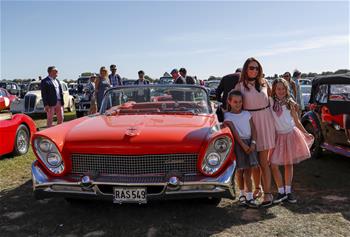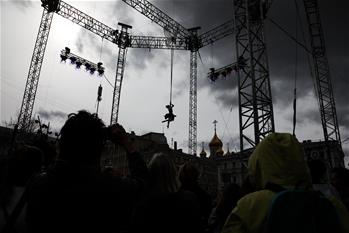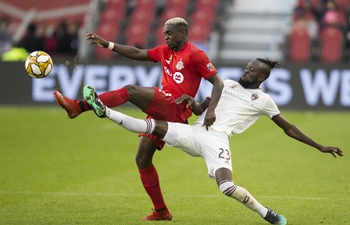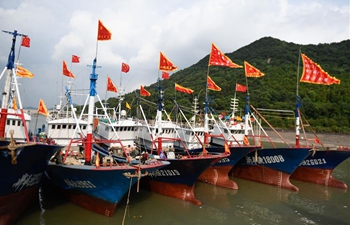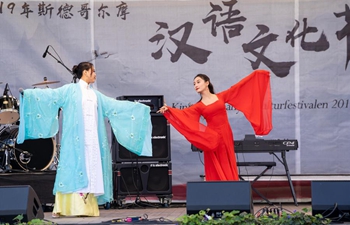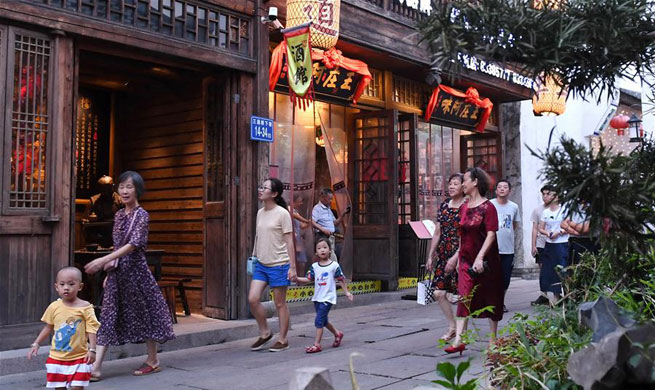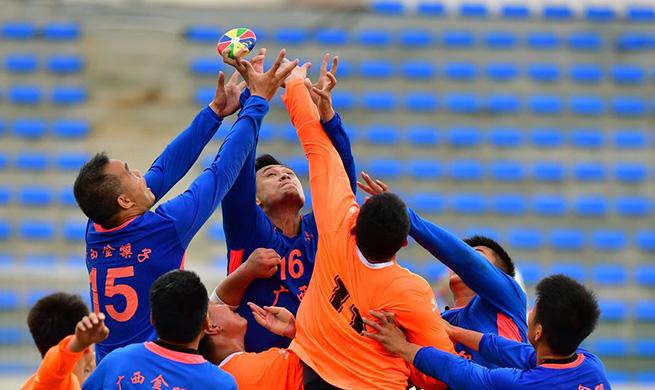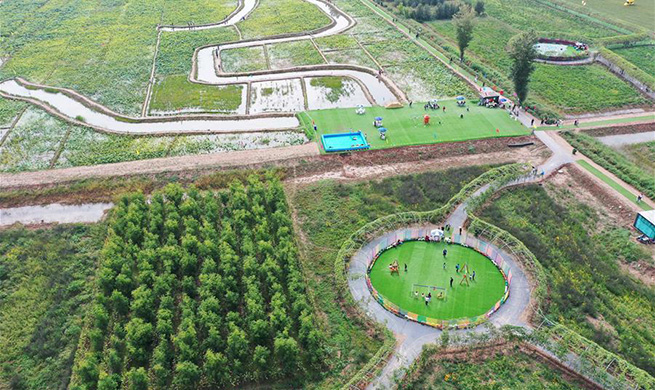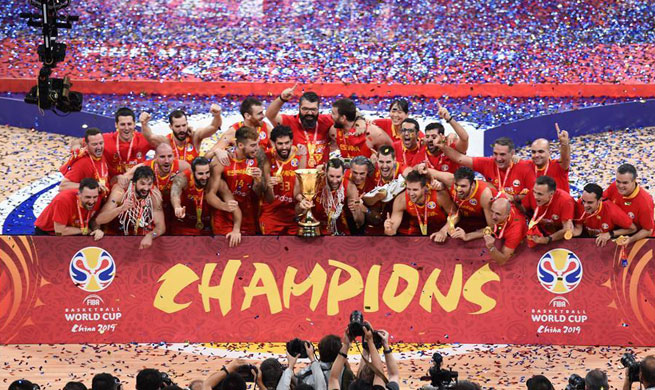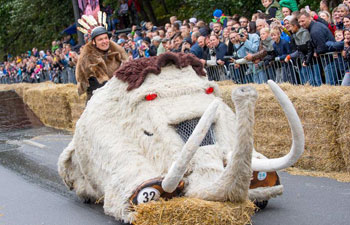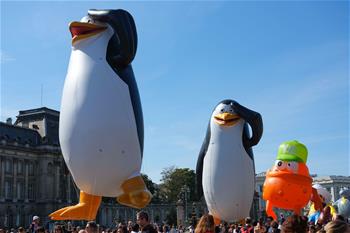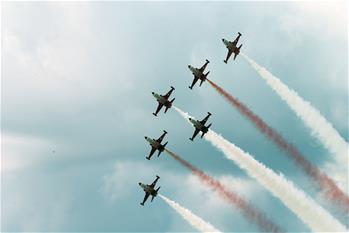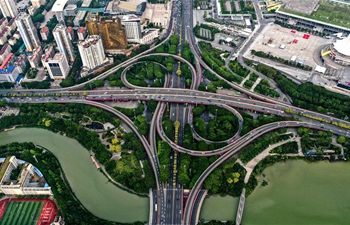SYDNEY, Sept. 16 (Xinhua) -- An international photography exhibition exploring modern civilization was launched at the National Gallery of Victoria (NGV) in Melbourne, Australia, over the weekend.
Civilization: the Way We Live Now, features the works of over 100 photographers from around the world including prominent Chinese artists Xing Danwen, Wang Qingsong, Hong Hao and Zhang Xiao.
The exhibit is co-curated by renowned photography writers, William A Ewing and Holly Roussell, and is intended to portray the unprecedented times as a collective, global society.
"Rather than focus on what makes us individuals, and personal stories, it focuses on what is shared - the cumulative human endeavor that has given rise to the most complex and interconnected human society the world has ever seen," Roussell told Xinhua.
Roussell, who is originally from the United States and now lives and works in Beijing, said they selected those four Chinese artists for their ability to convey a broad theme or idea within a single image.
"Each also has a strong visual language that contributes to contemporary photography either by continuing in existing documentary traditions in their own unique way, like Zhang Xiao or Xing Danwen, or breaking boundaries with innovative techniques and evocative questions such as Hong Hao or Wang Qingsong."
Having travelled to China for the first time in 2008 to study art history, Roussell said that seeing Chinese photography for the first time was a turning point for her.
"Having very little exposure to contemporary art from Asia beforehand I (immediately) wanted to return to China to continue to explore the landscape," she said.
Roussell began studying Mandarin to allow her to communicate directly with the artists and discuss their work.
"I wanted to be able to understand first-hand the conversations we were having together," she said.
"I have been either based in China or working with China in the field of art history and museum studies and exhibition histories since then."
The exhibition originally opened in October 2018 at the National Museum of Modern and Contemporary Art in South Korea, also appearing at Beijing's UCCA Center for Contemporary Art, and will remain at the NGV until early next year.

